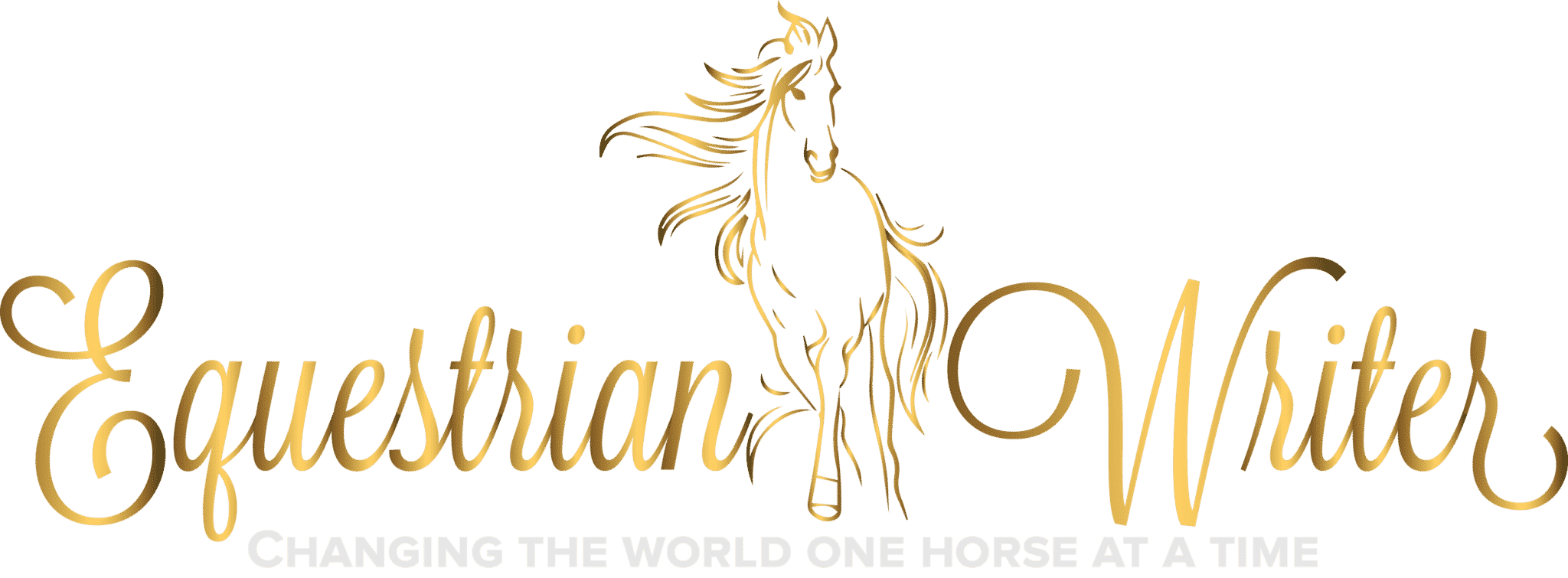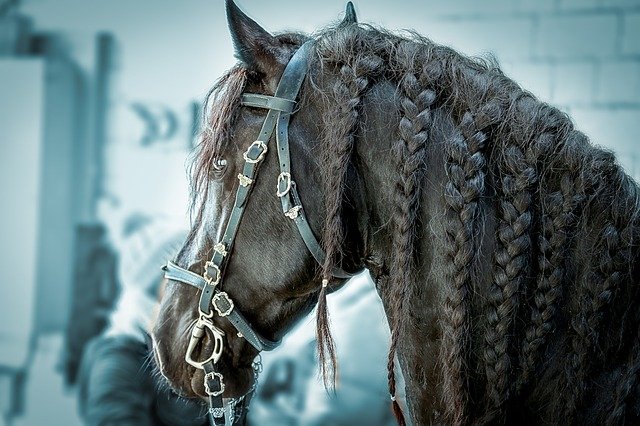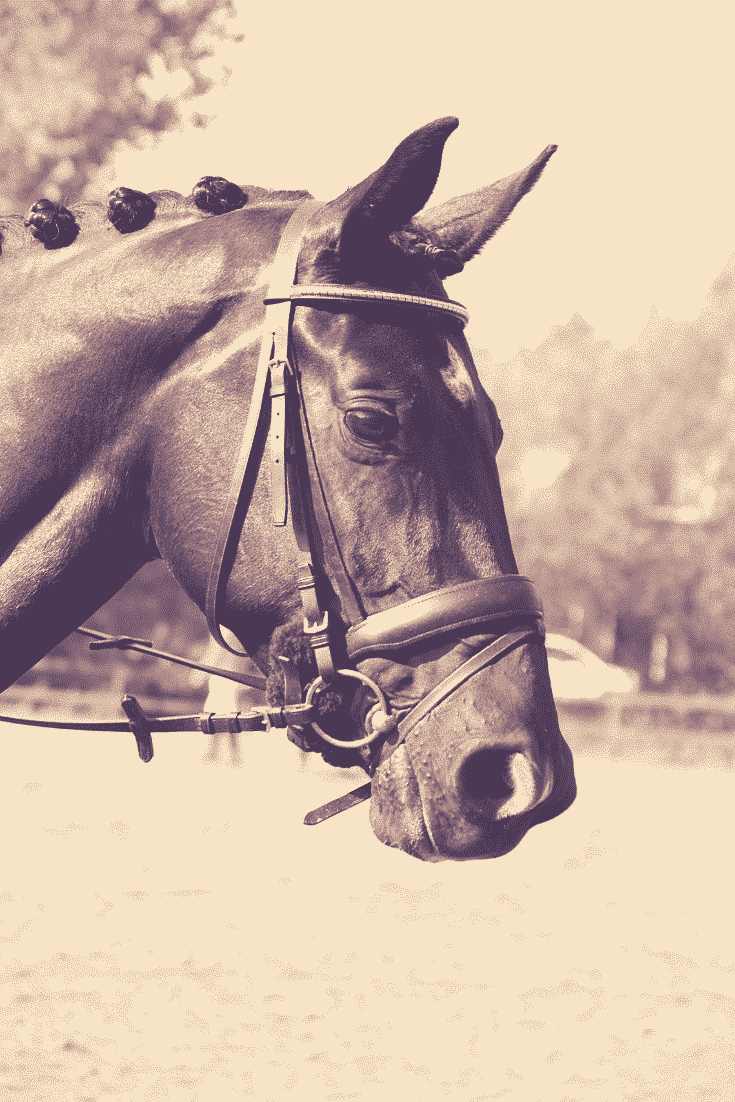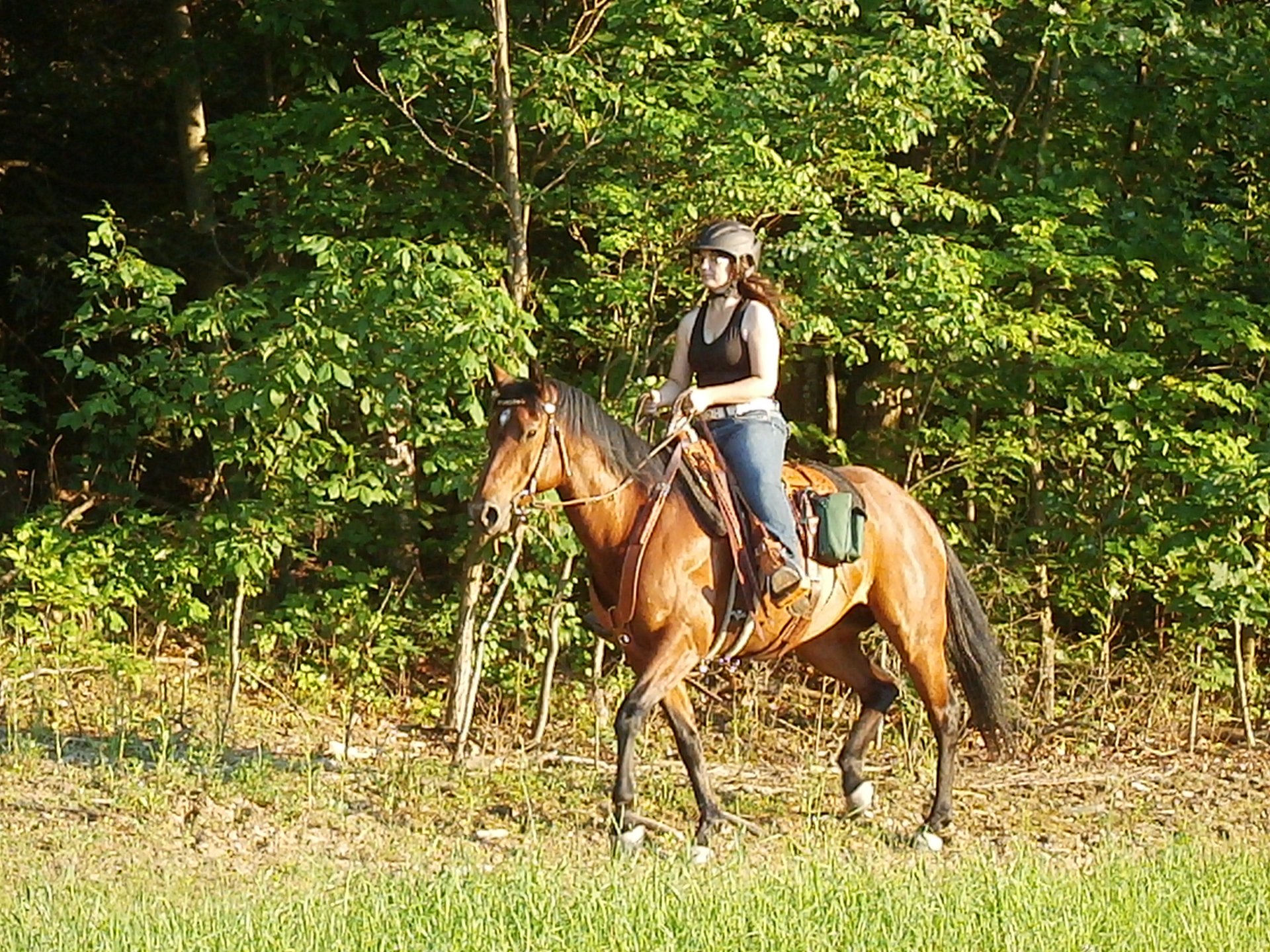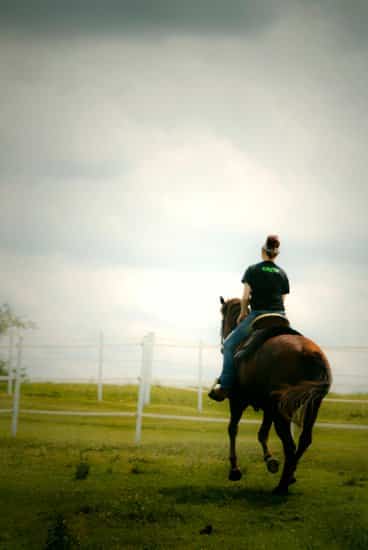

Have you ever wondered what qualities set the best riders and trainers apart from the rest? Unfortunately there is no magic formula, however, there are some common habits that highly effective riders have which we can all learn from. Here are 10 habits that every rider should develop.
1. Patience
The number one habit every rider needs is patience. Patience is the key to softness. It is not just softness in the horse, but also softness in the rider. Softness in both the horse and the rider is the key to collection and every other step of the training pyramid.
2. Effective Persistence
While you must be patient in all your training endeavors, you must also be persistent. Horses like to bluff and make us think they can hold out forever. However, they are far less patient than they like to let on. The harder they push back, the closer they are to giving in. Soft, yet effective persistent is the key to pushing past these walls. Patience and persistence are both vital components of your training toolbox.
Related Content: What is the secret to softness?
3. Knowing When to Quit
With persistence and patience comes the need to know when to quit. Every training session needs to end on a good note. Horses don’t learn from pressure. They learn from the release of pressure. Quitting at the right moment will teach the horse far more than drilling them over and over, even if it means cutting your training far shorter than planned.
4. Moderation
Training is about pressure and release. However, too many riders focus on the pressure with the release being a secondary reward. The most effective method is the opposite. The release is the primary goal with the pressure being the secondary means to an end. The pressure applied needs to be carefully moderated. Start at the level of softness you want to ultimately achieve and slowly up the pressure until the horse understands what you are asking. The pressure should never be applied forcefully or in large doses. It needs to be moderated and applied strategically so as to work with the horse rather than against the horse.
Related Content: What is pressure and release training?
5. Mindfulness
We’ve all been there. You go out for a relaxing ride, but there is that one problem that you can’t get off your mind. Maybe it’s a project from work or school. It could even be something as simple as what you are going to cook for dinner that night. Whatever it is that is distracting you, it takes vital attention away from what you are doing in the moment. Whether you are training a new maneuver, practicing an old one, or going for a relaxing trail ride, your horse deserves to have your full attention. No matter what you are doing, your focus should be on the details. If you are distracted, it is all too easy to miss a slight drop in the shoulder, a shortening of the stride, cheating you through a turn. The more subtle mistakes you miss, the more your training unravels.
6. Effective Attention to Detail
With mindfulness comes attention to detail. Training is not just about the big, flashy maneuvers. The key to effectively mastering these impressive maneuvers is attention to the tiniest details for every small piece that makes up the greater whole. Without attention to detail, your training as a whole begins to unravel and gaps in your training begin to appear. The further your training progresses, the bigger those gaps will become.
7. An Open Mind
I believe it was Albert Einstein who said “The more I learn, the more I realize how much I don’t know.” This is something we should all keep in mind. The best riders and trainers are always learning. It is impossible for one person to know everything about horse training. Anyone who tries to tell you they do is lying. It may be a lie based in self-delusion, but it is a lie all the same.
8. Willingness to Learn
The best trainers aren’t just learning accepted training techniques from their chosen discipline. It is amazing how much you can learn from all the different disciplines. Keeping an open mind about cross-discipline training and learning from other riders and trainers around you is key to becoming a successful rider.
9. Goal Setting
Whether you are competing in your chosen discipline or trail riding recreationally, it is important to have goals. Goals keep you moving forward with an effective sense of purpose. They prevent you from getting stuck in a rut and souring your horse by working on the same exercises over and over for months on end.
10. Empathy
This one might seem obvious at first, but it is not quite at simple as you might think. When I use the word empathy, I’m not talking about pity, or caring for the horse. We all care for our horses and feel a connection with them. However, we often struggle to empathize with their prey nature. It is that nature, rather than their individual personalities that we need to learn to empathize with. Without an understanding of and empathy with their prey nature, we cannot hope to effectively train them.
